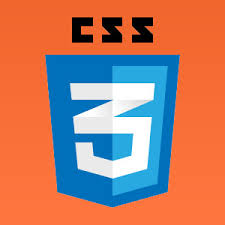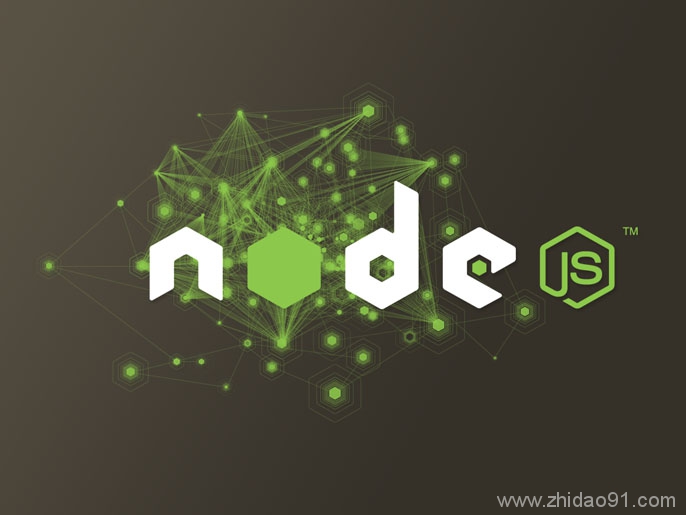JavaScript设计模式 - 策略模式
策略模式定义了一系列的算法,并将每一个算法封装起来,而且使它们还可以相互替换。策略模式让算法独立于使用它的客户而独立变化。
做了一个demo,给你们上一张图片,就是你选择哪一个它就会不同的走。
策略模式指的是定义一些列的算法,把他们一个个封装起来,目的就是将算法的使用与算法的实现分离开来。
以策略模式的思路实现上边例子的效果的js代码:
1. 首先封装移动节点的缓动算法
/*
* 缓动算法: 接收4个参数,分别表示: 动画已消失的时间, 小球原始位置, 小球目标位置, 动画持续的总时间
*/
var tween = {
linear: function(t, b, c, d){
return c*t/d + b;
},
easeIn: function(t, b, c, d){
return c * ( t /= d ) * t + b;
},
strongEaseIn: function(t, b, c, d){
return c * ( t /= d ) * t * t * t * t + b;
},
strongEaseOut: function(t, b, c, d){
return c * ( ( t = t / d -1 ) * t * t * t * t + 1 ) + b;
},
sineaseIn: function(t, b, c, d){
return c * ( t /= d ) * t * t + b;
},
sineaseOut: function(t, b, c, d){
return c * ( ( t = t / d -1 ) * t * t + 1 ) +b;
}
};
2. HTML 部分
我是 div
3. 定义一个构造函数接收一个参数:即将运动起来的dom节点
/*
* Animate 的构造函数接收一个参数:即将运动起来的 dom 节点。
*/
var Animate = function( dom ){
this.dom = dom; // 进行运动的 dom 节点
this.startTime = 0; // 动画开始时间
this.startPos = 0; // 动画开始时, dom 节点的位置,即 dom 的初始位置
this.endPos = 0; //
this.propertyName = null; // dom 节点需要被改变的 css 属性名
this.easing = null; // 缓动算法
this.duration = null; // 动画持续时间
};
4. 启动方法,负责启动这个动画
/*
* 负责启动运动动画
*/
Animate.prototype.start = function( propertyName, endPos, duration, easing ){
this.startTime = +new Date; // 启动动画的时间
this.startPos = this.dom.getBoundingClientRect()[ propertyName ]; // dom 节点的初始位置
this.propertyName = propertyName; // dom 节点需要被改变的 CSS 属性名
this.endPos = endPos; // dom 节点的目标位置
this.duration = duration; // 动画的持续时间
this.easing = tween[ easing ]; // 缓动算法
// 启动动画定时器
var self = this;
var timeId = setInterval(function(){
if( self.step() === false){
clearInterval(timeId);
}
},20);
};
5. 动画定时器运行的步骤,setp方法,节点运动的每一帧要做的事情
/*
* step 表示节点运动的每一帧要做的事情。 负责计算节点的当前位置和调整更新 CSS 属性值
*/
Animate.prototype.step = function(){
var t = +new Date; // 取得当前时间
if( t >= this.startTime + this.duration){ // 如果动画结束
this.update( this.endPos ); // 更新节点的 CSS 属性
return false;
}
var pos = this.easing( t - this.startTime, this.startPos, this.endPos - this.startPos, this.duration);
// pos 为节点当前位置
this.update( pos ); // 更新节点的 CSS 属性
};
6. 更新节点的CSS属性值
/*
* 负责更新节点 CSS 属性值
*/
Animate.prototype.update = function(pos){
this.dom.style[ this.propertyName ] = pos + "px";
};
7. 测试运行
/*
* 创建要运动的节点
*/
var div = document.getElementById("div");
var animate = new Animate(div);
// 设置运行事件
var btnRun = document.getElementById("btnRun");
var radios = document.getElementsByName("tween"); // 获取单选框
btnRun.onclick = function(){
for(var i= 0,lengh=radios.length;i
8. 重置节点的CSS属性为0,reset()方法
Animate.prototype.reset = function(){
// 重置为 0
this.dom.style[this.propertyName] = "0px";
};
策略模式总结
策略模式的优点:
1. 策略模式利用组合、委托和多态等技术和思想,可以有效地避免多重条件选择语句
2. 策略模式提供了对开放-封闭原则的完美支持,将算法封装在独立的 strategy 中,使得它们易于切换,易于理解,易于扩展.
策略模式的缺点:
1. 会在程序中增加许多策略类或者策略对象,但实际上比把他们负责的逻辑堆砌在 Context 中要好
2. 使用策略模式,必须了解所有的策略,才能更好的选择一个合适的策略



















 渝公网安备 50022702000478号
渝公网安备 50022702000478号